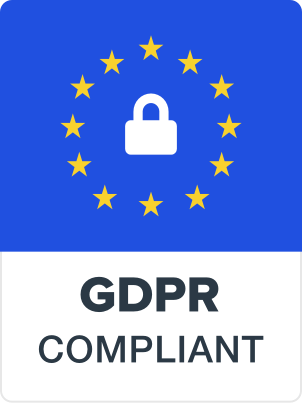The Growing Concern for Online Privacy
In today’s digital age, social media has become an integral part of our lives, connecting us with friends, family, and communities worldwide. However, with the convenience and connectivity these platforms offer comes the growing concern for online privacy. The abundance of personal data shared on social media makes users vulnerable to various risks, including identity theft, data breaches, and intrusive targeted advertising. Navigating privacy settings on social media apps is crucial for safeguarding personal information and maintaining control over online privacy.
Understanding Social Media Privacy
Social media platforms collect vast amounts of user data, ranging from personal details and interests to browsing habits and location information. While this data helps optimize user experience and target advertisements, it also raises significant privacy concerns. According to a survey by Pew Research Center, 68% of social media users are concerned about their privacy on these platforms. Moreover, the Cambridge Analytica scandal, where Facebook user data was improperly harvested for political purposes, highlighted the need for robust privacy protection measures.
Risks of Ignoring Privacy Settings
Ignoring or neglecting privacy settings on social media apps can expose users to a range of risks. Data breaches, where hackers gain unauthorized access to user information, are a prevalent threat. In 2019, Facebook experienced a significant data breach affecting over 50 million users, compromising their personal data. Additionally, identity theft, cyberstalking, and online harassment are serious risks associated with lax privacy settings. A report by Norton revealed that 64% of internet users have experienced some form of online privacy violation.
Navigating Privacy Settings on Facebook
Facebook, as one of the most popular social media platforms, offers a range of privacy settings to help users control their online privacy. Users can customize their privacy settings to determine who can see their posts, who can send them friend requests, and who can access their profile information. Facebook also provides options for managing data sharing with third-party apps and controlling facial recognition settings.
Privacy Settings on Twitter, Instagram, and LinkedIn
Other social media platforms like Twitter, Instagram, and LinkedIn also offer comprehensive privacy settings. On Twitter, users can protect their tweets, limit interactions to followers only, and control tagging in photos. Instagram allows users to set their accounts to private, restricting access to approved followers. LinkedIn offers privacy settings to control profile visibility, contact information sharing, and job-seeking activities.
Best Practices for Privacy Protection
In addition to adjusting privacy settings on individual platforms, users can adopt best practices to enhance their online privacy:
- Regularly review and update privacy settings to align with personal preferences and changing privacy policies.
- Exercise caution when sharing personal information online, especially in public posts and comments.
- Use strong, unique passwords for social media accounts and enable two-factor authentication where available.
- Be mindful of third-party apps and permissions granted, as they may access personal data.
Empowering Users for Safer Social Media Experience
In conclusion, navigating privacy settings on social media apps is essential for protecting personal information and maintaining control over online privacy. By understanding the privacy features offered by each platform and adopting best practices for privacy protection, users can mitigate risks and enjoy a safer social media experience. As social media continues to evolve, empowering users with knowledge and tools for privacy management becomes increasingly important in preserving online privacy and security.
Share via:


